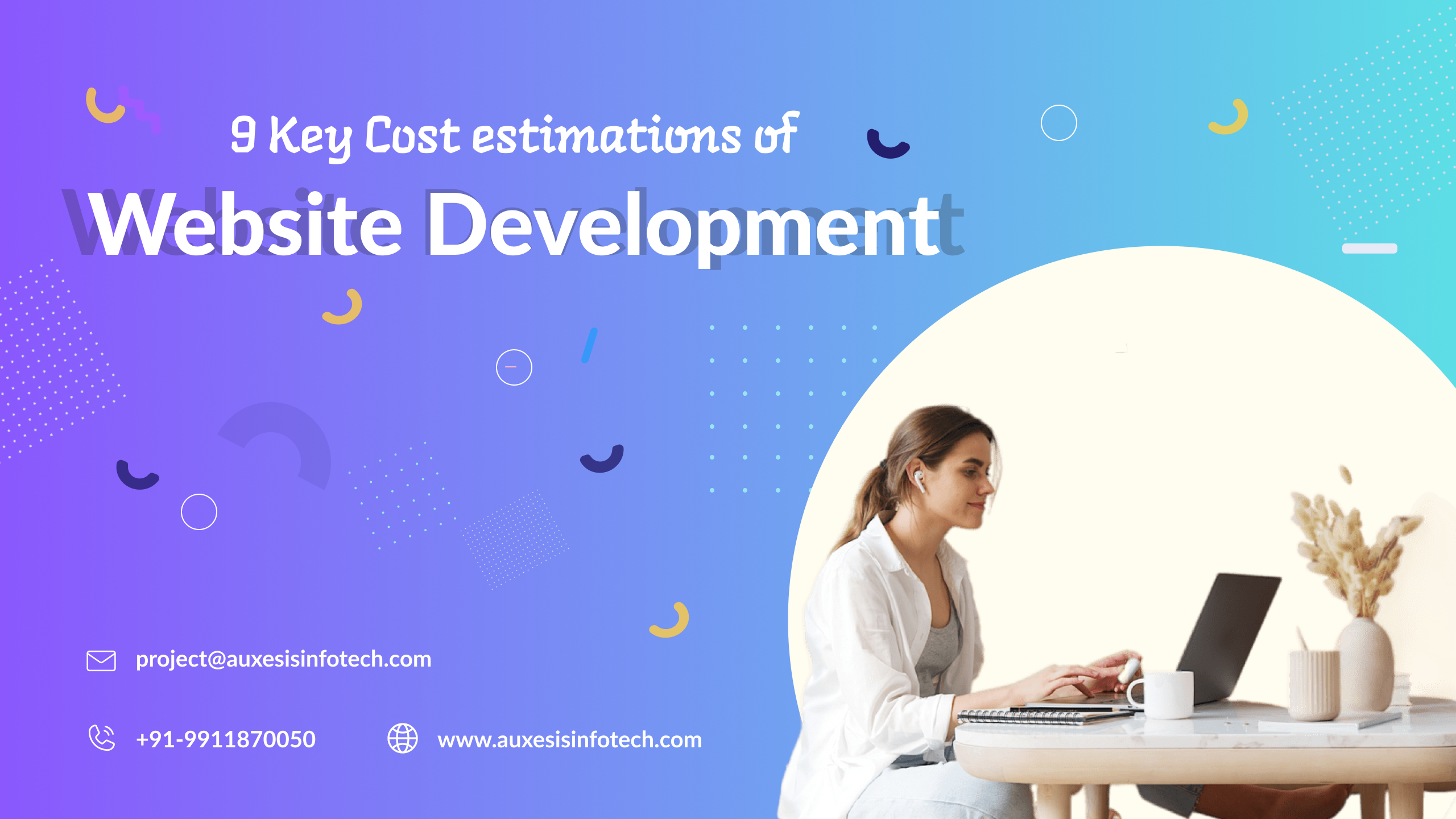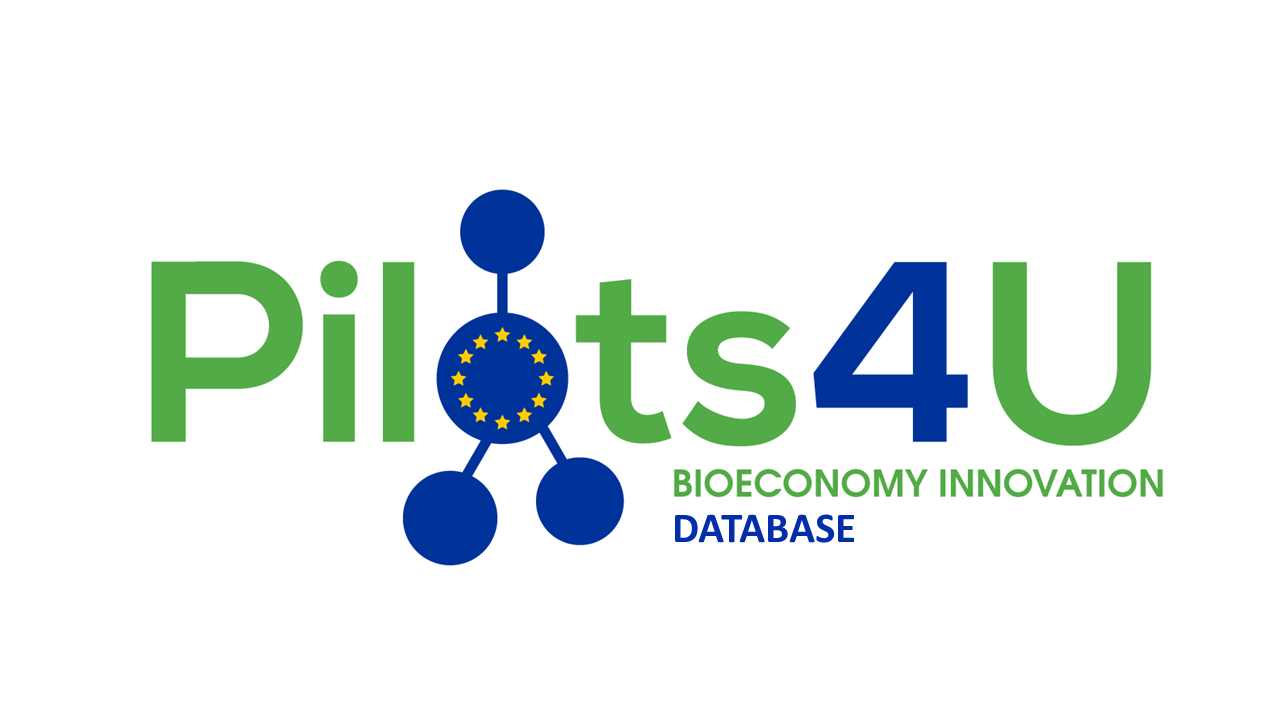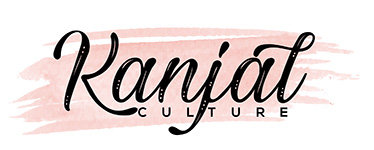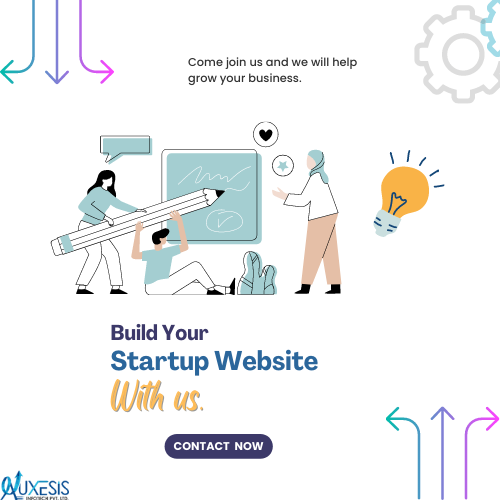
Set Yourself Up for Success: The 9 Key Components of an Accurate Website Cost Estimate".
Are you tired of the surprise expenses that come with website development? Are you looking for a comprehensive guide to ensure your website cost estimates are accurate and reliable? Look no further! In this blog post, we're sharing the 9 key components necessary for an accurate website cost estimate. By understanding these factors, you'll be able to set yourself up for success in planning and budgeting for your next web project. Let's dive in!
Introduction: What is a Website Cost Estimate?
A website cost estimate is a document that outlines the estimated price of developing and designing a website. It takes into account the various elements that go into creating a website, such as the cost of labor, web hosting, domain names, and software. In order to get an accurate estimate, it's important to consider all of these factors and how they will affect the overall cost of your project.
Labor costs can vary depending on the size and scope of your project. If you're working with a team of developers, designers, and content creators, you'll need to factor in their hourly rates. The cost of web hosting will also depend on the type of site you're building and the amount of traffic you expect to receive. Domain names can be purchased through a variety of providers and typically range in price from $10-$20 per year. Finally, you'll need to budget for any software or plugins that are required to build your site. These costs can range from free (open source) to hundreds or even thousands of dollars for premium products.
When creating your estimate, it's important to be as accurate as possible in order to avoid any surprises down the road. Be sure to include all necessary costs in your initial estimate so that you can stay within your budget during the development process.
1. Platform and Hosting
An accurate website cost estimate must take into account the platform and hosting required to run the site. The platform is the software that powers the website, while hosting is the physical space where the website resides.
There are a variety of platforms available, from open source options like Drupal, WordPress etc to proprietary systems like Squarespace. The cost of the platform will vary depending on which option you choose. Hosting costs can also vary widely, from shared hosting plans that start at a few dollars per month to dedicated servers that can cost hundreds or even thousands of dollars per month.
When estimating the cost of a website, be sure to include both the cost of the platform and the hosting. This will give you the most accurate picture of what it will take to get your site up and running.
2. Technologies Used
In order to provide an accurate website cost estimate, you need to have a clear understanding of the technologies that will be used in the development process. This includes things like the programming language(s) that will be used, the database system(s) that will be employed, and any specialized tools or frameworks that will be required. If you're not familiar with all of the necessary technologies, it's important to do your research and get up to speed so that you can accurately communicate your needs to potential vendors.
3. Pages and Content
There are a few key components that your website cost estimate should include in order to be accurate. First, you need to identify all of the pages that you want included on your website. Once you have a list of pages, you need to determine the content for each page. This includes both text and images. Finally, you need to decide on any additional features or functionality that you want included on your site. Once you have all of this information, you can begin to put together a cost estimate for your website.
4. Design and Style
When considering the design and style of your website, there are a few key components that will affect the accuracy of your cost estimate. The first is the overall look and feel of the site. Are you looking for a simple, clean design or something more elaborate? The level of complexity will impact the hours required for development and should be reflected in your estimate.
In addition to the overall design, the number of pages on your site will also affect costs. More pages means more development time and, thus a higher price tag. However, keep in mind that developing fewer pages can also result in a less user-friendly experience so strike a balance that makes sense for your needs.
Finally, consider any particular features or functionality you may want on your site. These could include online stores, appointment scheduling, or interactive forms. Again, each of these will require additional development time and should be accounted for in your estimate.
5. Features and Functionality
An accurate website cost estimate should include all major features and functionality that you want on your site. This might include a contact form, functionality, a blog, or a unique interactive element. Make sure to list out every single thing you can think of that you’d like to have on your site.
Once you have your desired features and functionality list, it’s time to start estimating how much each will cost. If you’re unsure how to do this, plenty of online resources can help, or you can always reach out to a web development agency for assistance.
As a general rule of thumb, simple features and functionality (like a contact form) will cost less than more complex ones (like an eCommerce store). And keep in mind that the more features and functionality you add to your site, the more expensive it will be.
So what’s the bottom line? When creating an accurate website cost estimate, be sure to include all desired features and functionality—no matter how big or small—and price them accordingly. With a little time and effort, you can ensure that your final bill is in line with your expectations.
6. Maintenance Requirements
Your website is an important investment, and accuracy in estimating the costs of development and ongoing maintenance is essential to ensuring its success. Here are three key components of an accurate website cost estimate:
1. Define Your Scope
Before you can estimate the cost of your website, you need to define the scope of work. What features and functionality do you need? What platforms will you be using? How many pages will your site have? Answering these questions will give you a clearer picture of the project’s scope and help you avoid any surprises down the road.
2. Identify Your Target Audience
Who will be visiting your website? Knowing your target audience is important for tailoring your content and design to appeal to them. It can also affect your budget – for example, if you’re targeting a global audience, you may need to invest in translated content or multiple language versions of your site.
3. Research Your Competitors
Take a look at what your competitors are doing – their websites can be a valuable source of inspiration (and intimidation!). Seeing what they’ve done can give you some ideas for your own site, but it can also help you gauge how much it might cost to create something similar. Just remember that copying another company’s entire website isn’t advisable – instead, use their site as a starting point and add your own unique spin.
7. Quality Assurance/Testing
As anyone in the software development industry knows, quality assurance (QA) and testing are critical components of any website development project. QA ensures that the final product meets all of the requirements and specifications set forth by the client. Testing validates that the website functions as intended and is free of any defects or bugs.
Both QA and testing can be time-consuming and expensive, so it's important to factor these costs into your overall website cost estimate. To do this, you'll need to have a clear understanding of the project's scope and objectives. Once you have this information, you can start to determine how much time and money will need to be allocated to QA/testing.
There are a number of different types of testing that can be performed on a website, so it's important to choose the right ones for your project. Some common tests include functional testing, load testing, security testing, compatibility testing, and usability testing. Each type of test has its own unique purpose and should be factored into your estimate accordingly.
In addition to choosing the right tests for your project, you'll also need to decide how many rounds of testing will be necessary. Depending on the size and complexity of the website, one or more rounds of testing may be required. Make sure to factor this into your estimate as well!
Testing is an essential part of any website development project - make sure you factor it into your overall cost estimate!
8. Timeline and Milestones
A website cost estimate is only as accurate as the information you input into it. Make sure your timeline and milestones are realistic, and that you have a clear understanding of the project deliverables at each stage.
Your timeline should be based on the complexity of the project, the size of your team, and the availability of resources. Start with a high-level overview of the project, and then break it down into smaller milestones. For each milestone, identify the deliverables and due date.
Be realistic about your team's capacity and availability. If you're working with freelancers or agencies, make sure you understand their other commitments and how that will impact the project timeline.
Finally, don't forget to factor in time for testing and revisions. No website is perfect on launch day, so allow for some breathing room in your timeline to accommodate unexpected delays.
9. Conclusion – The Big Takeaways
Inaccurate website cost estimates can lead to big problems down the road, so it's important to get them right from the start. Here are key components to consider when putting together an accurate estimate for a website project:
-Scope of work: Define the scope of work for the project in as much detail as possible. This will help ensure that all parties involved are clear on what is being delivered.
-Project timeline: Outline a realistic timeline for the project, taking into account all of the deliverables that need to be met.
-Resource requirements: Make sure to include all of the resources that will be necessary to complete the project, such as designers, developers, content writers, etc.
-Budget: Clearly state what the budget is for the project. This should be based on an analysis of the other factors involved in the estimate.
By considering these factors, you can put together a much more accurate website cost estimate that will set you up for success.
So, these are some important tips that you must know when working with a professional web design and development agency. Talking about the best professional assistance, well, you can also consider Auxesis Infotech for your project as we are known to design and develop feature-rich, powerful websites using our exemplary web development services.
Recent Blogs
Our Clients








_0.png)





















Clutch & GoodFirms Reviews
Our success is demonstrated by having the most reviews compared to competitors.
Auxesis Infotech provides web development support on our Drupal platform. They are always flexible enough to help us achieve our goals. Very pleased with Auxesis competance, flexibility, communications and execution.
5

Richard Halderthy
Director Brand & Communications, Saint Gobain Ltd
30 Reviews
Powered by Clutch ![]()
I'm impressed by their communication and speed of action. Ever since we launched the redevelopment, there’ve been many compliments on the improved look, functionality, and ease of navigation.
5

Ryan Titley
Director of Projects, ERRIN
30 Reviews
Powered by Clutch ![]()
Get in touch with us!
Please fill in the form below, and one of us will get you or respond to your queries soon.





